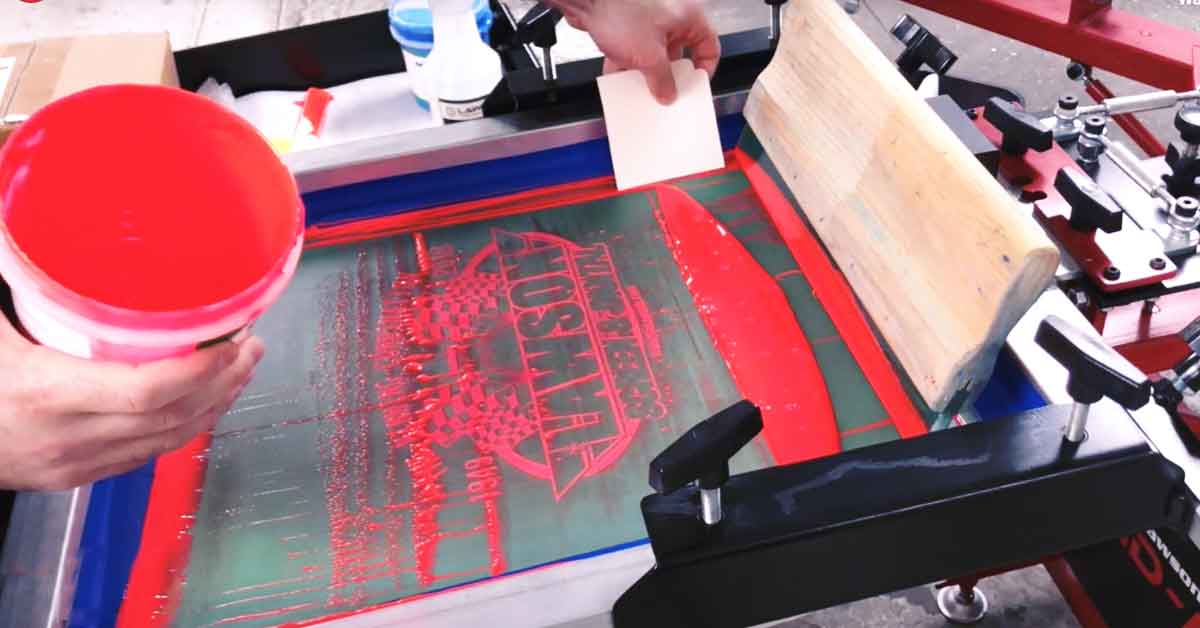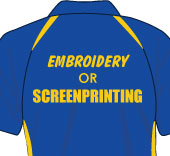A Biased View of Tx Tees
Indicators on Tx Tees You Need To Know
Table of ContentsSome Of Tx TeesSome Of Tx TeesHow Tx Tees can Save You Time, Stress, and Money.8 Easy Facts About Tx Tees ShownSome Known Questions About Tx Tees.Some Ideas on Tx Tees You Need To Know4 Simple Techniques For Tx Tees
Include up other expenses, like the number of utilities it takes to run the shop and the price of ink and emulsion per layout. Take the print below.The solution needs to only be a couple of cents because you 'd only need to coat one display for this work. So just how much should you bill per t shirt to make an earnings? Normally, printers attempt to make up to 45% revenue on a print work. Right here's a table to aid you establish that: total expense per product percent of preferred earnings as a decimal (example:.25 or.45) earnings made per product per job Currently let's discuss the profitability of DTF.

With DTF, you can publish a handful of t shirts, or just one. Both display printing and DTF have their niches in the world.
The 7-Minute Rule for Tx Tees
The best means to recognize? Ask around and see what printing shop like your own are doing. screen printer. Attempt both out and see which you like far better
When you're choosing what sort of printing approach to utilize for printing your art work styles on your garments, it is very important that you understand the differences in between these two methods so you can make the most of outcomes while lessening prices. Screen printing is the most generally utilized strategy for publishing designs on fabrics.
DTG printing is additionally understood as spot or straight to garment printing because it prints just what is needed as opposed to making a screen as display printers do. https://www.goodreads.com/user/show/176867295-russell-costello. Screen printing functions by display filler squeegee display printing ink display mesh screen, after that moving the image to garment making use of warm and/or stress
The DTG printer makes use of special dye-sublimation inks that are used right into a pre-designed picture by a digital printing system. The inks enter into the textile, enabling lively shades and exceptional information. It's also called area or straight to garment printing because it publishes just what is needed rather of making a display as screen printers do.
Getting My Tx Tees To Work
Initially, it's much quicker - you can print a fullcolor picture in mins, in contrast to hours for display printing. Second, there's no established up time or prices entailed - you can print any design you such as, without having to produce a display. Third, there's no waste - since screen printers screen print one layout at once, they need to screen each color separately.
The paper is very pricey and can just be utilized when. Once it's printed on, it needs to be disposed of. - The initial acquisition rate is lower than the upfront investment of DTG printers- You can publish multi-color styles one screen at once as opposed to having to print each shade individually like DTG printing.

Things about Tx Tees
Instead of using screen mesh as screen printers do, color sublimation printers utilize laser technology to transfer your images onto garments or paper. A warmth process transfers the dye from its solid-state straight into the gas stage which subsequently fuses it onto fabric substratums when they are rapidly warmed to high temperature levels under high stress.
Sublimation printing is green. It utilizes less water than screenprinting, and due to the fact that it does not include making use of dangerous solvents, it's risk-free for all sorts of garments. The dye sublimation inks are additionally unsmelling when cured, unlike display printers that use dangerous chemicals during the display printing process that leave behind an unpleasant smell.
They likewise conserve money on pricey devices like direct exposure systems given that color sublimation printers do not need a UV exposure system or a flash cure stove that is generally utilized in screen printing (screen printing shop). What is direct to garment printing (DTG Printing)? DTG printing is an electronic screenprinting procedure that prints straight onto fabric utilizing specialized inkjet printers
Getting My Tx Tees To Work
DTG printing provides numerous benefits over conventional screenprinting, including the ability to print photographic high quality images, higher color vibrancy, and the ability to publish layouts on darker textiles. DTG printers function by warming the fabric ink up until it develops into a gas. The gas after that penetrates the material, bonding with the fibers to create a permanent print.

Display printers simply prepare their display then start publishing up until they lack product or ink.- There is a wide range of seasoned screen printers throughout the world, which can be handy for newbies. - It's a slower process - display printers typically need to wait on the ink to dry before they can publish the following color- Screen printers need hand-operated labor, so there's a higher discovering contour and it takes longer to generate a premium design- Screen printing isn't as precise as DTG printing, so you might obtain some "bleeding" of colors from one part of the picture onto one more otherwise done properly.
Things about Tx Tees
Rather of utilizing screen mesh as screen printers do, dye sublimation printers use laser innovation to transfer your images onto garments or paper. A heat procedure moves the color from its solid-state straight right into the gas phase which in turn merges it onto material substrates when they are rapidly heated to high temperature levels under high pressure.
Sublimation printing is green. their explanation It utilizes less water than screenprinting, and because it does not include the use of damaging solvents, it's secure for all kinds of garments. The color sublimation inks are additionally unsmelling when treated, unlike screen printers that use hazardous chemicals throughout the display printing procedure that leave behind an unpleasant odor.
They additionally save money on pricey devices like exposure systems because dye sublimation printers don't require a UV direct exposure unit or a flash cure stove that is normally used in display printing. What is direct to garment printing (DTG Printing)? DTG printing is a digital screenprinting process that prints straight onto fabric utilizing specialized inkjet printers.
The Main Principles Of Tx Tees
DTG printing provides lots of benefits over conventional screenprinting, consisting of the ability to publish photographic high quality pictures, better color vibrancy, and the capacity to print designs on darker materials. DTG printers function by warming the textile ink until it transforms right into a gas. The gas then penetrates the textile, bonding with the fibers to create a permanent print.